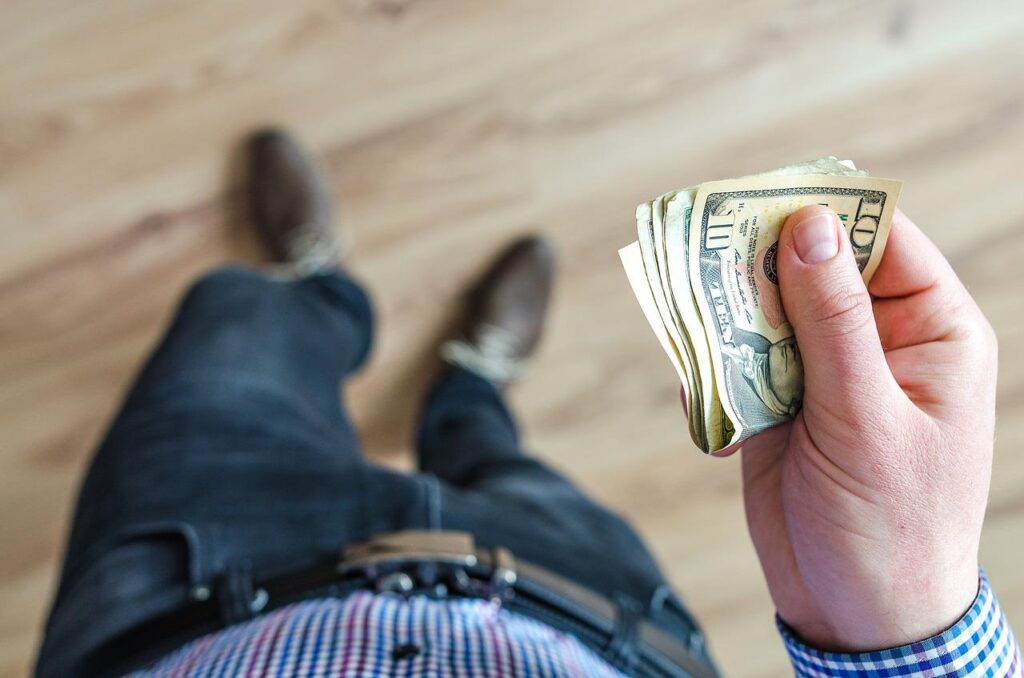Title: Understanding the Psychology of Pricing in Business
The psychology of pricing is a fascinating field that combines elements of economics, marketing, and psychology to understand how pricing affects consumer behavior. It is a critical aspect of business strategy, as it can significantly influence a company’s profitability and market share. This article will delve into the fundamental principles of pricing psychology, how it influences consumer behavior, its practical applications in business, and some successful case studies.
The Fundamental Principles of Pricing Psychology
The first principle of pricing psychology is the anchoring effect. This cognitive bias suggests that people rely heavily on the first piece of information they receive (the “anchor”) when making decisions. In pricing, the anchor is often the first price a consumer sees for a product. For example, if a product is initially priced at $100 and then discounted to $80, consumers perceive the product as a bargain, even if the initial price was artificially inflated.
The second principle is the charm pricing or the use of “9” in the price. Prices ending in .99 or .95 are more appealing to consumers than those ending in .00. This is because consumers tend to process prices from the left to right, so they perceive a price of $4.99 as closer to $4 than $5. This principle is widely used in retail and e-commerce.
The third principle is the contrast effect. This involves presenting a higher-priced item before a lower-priced one to make the latter seem more attractive. For example, a $2000 laptop might seem expensive, but if it’s presented after a $3000 model, it appears more affordable.
How Psychological Pricing Strategies Influence Consumer Behavior
Psychological pricing strategies significantly influence consumer behavior by creating a perception of value. For instance, the use of charm pricing can make a product seem cheaper, encouraging more purchases. Similarly, the anchoring effect can make consumers feel they are getting a good deal, increasing their willingness to buy.
Moreover, these strategies can also influence consumers’ perception of a product’s quality. For instance, a higher price can often be associated with superior quality, leading consumers to perceive the product as more valuable. This is known as the price-quality heuristic, where consumers use price as an indicator of quality.
Lastly, psychological pricing can also create a sense of urgency. For example, limited-time offers or discounts can prompt consumers to make immediate purchases to avoid missing out on a good deal. This is known as scarcity principle, where the perceived rarity of an opportunity increases its value.
Practical Applications of Pricing Psychology in Business
Pricing psychology can be applied in various ways in business. For instance, businesses can use charm pricing to make their products seem cheaper and thus increase sales. They can also use the anchoring effect by setting a high initial price and then offering discounts to create a perception of value.
Moreover, businesses can use the contrast effect by strategically placing higher-priced items next to lower-priced ones to make the latter seem more affordable. They can also use the price-quality heuristic by setting higher prices for premium products to signify superior quality.
Lastly, businesses can create a sense of urgency through limited-time offers or discounts. This can prompt consumers to make immediate purchases and increase sales.
Case Studies: Successful Use of Pricing Psychology in the Market Place
Several businesses have successfully used pricing psychology to boost their sales. For instance, Apple uses the anchoring effect by introducing its latest iPhone model at a high price, then offering older models at a discount. This makes the older models seem like a bargain, increasing their sales.
Another example is Amazon, which uses charm pricing extensively. Most of its products are priced ending in .99 or .95, making them seem cheaper and thus encouraging more purchases.
Lastly, Uber uses dynamic pricing, where prices increase during peak hours or when there’s high demand. This creates a sense of urgency, prompting users to book rides immediately to avoid paying more later.
In conclusion, understanding the psychology of pricing can provide businesses with valuable insights into consumer behavior and help them develop effective pricing strategies. By leveraging these principles, businesses can influence consumers’ perception of value, quality, and urgency, ultimately driving sales and profitability.



